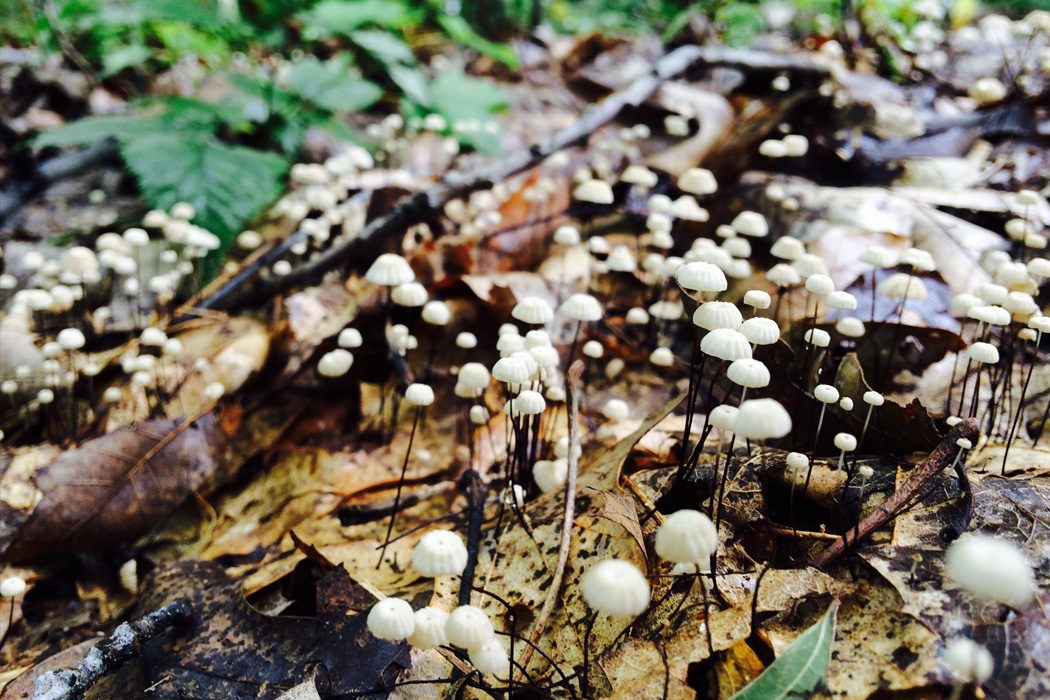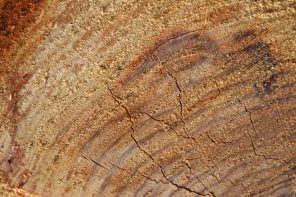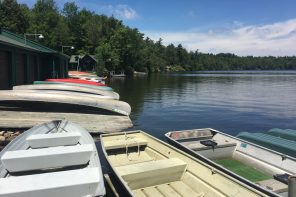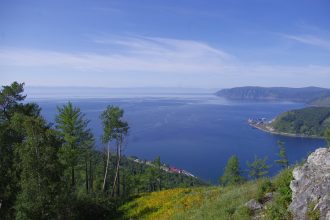For months now, apocalyptic anxiety has propelled me from my bed in the wee hours. Not doing enough! Hell in a handbasket! Time is running out!
And every morning I repeat a string of intentions, one of which goes like this: “I am rooted on God’s green earth and connected to the mycelium.”
I don’t know why I say “God’s green earth,” really. It’s something my mother used to say, only in a pejorative way, like, “I looked all over God’s green earth for my keys.” I don’t use the G-word in general parlance, though I do feel a connection with the Divine.
Which is, to my mind, All That Is. Including mycelium: the part of mushrooms that we don’t always see, the filaments that fan out underground, sometimes far distant from the actual fruiting body, or mushroom.
Sometimes I say my phrases like a blind ritual, and they are meaningless, and my heart races on. Other times my feet grow roots with this sentence (prayer? suggestion? wish?). Something steadies in me as I feel these tendrils drive deep into the earth and spread sideways, joining a network of living mystery.
In that moment, at least, I feel the possibility that comes with being part of the All.
Until my mind reasserts itself and says possibility isn’t nearly enough to change our cataclysmic trajectory.
*****
But then I meet citizen scientist Peter McCoy, who helped found both the Olympia Mycelial Network and a larger grassroots group called the Radical Mycology Collective. He’s written a comprehensive mycology manual for the layperson and travels all over North America with his collective, teaching about the power of mushrooms.
The Radical Mycology Convergence brings him to rural Illinois, along with scores of mycophiles, for one weekend in October.
I’ve admired his work from afar, and after all this time, it’s a kick to find that he dimples up, sweetfaced, under big square glasses. His nerd-specs convey authority, in contrast with a ball cap worn askew. By distilling mycoremediation into zines, videos, and workshops, Peter and his friends bring an elite field down to the masses. Events like these are meant to “sporify” the movement—spreading replicable techniques to anyone who needs them.
The opening workshop finds us crowded into an outbuilding, sitting on lawn chairs, benches, and boards set across straw bales. Four organizers, all of whom hail from the Pacific Northwest, share the microphone for an opening lecture that touches on nearly every aspect of fungus-love. Medicinally, economically, environmentally, psychologically, and anatomically—we hear Willoughby, Mara, Maia, and my new friend Peter speak of fungi as the Second Coming.
It seems the world-as-we-know-it pretty much depends on these organisms. I did not know that fungi called endophytes live within plants, lending structure and resilience to the plant. “If we took away the fungal cells, we would see these scrawny, floppy little trees,” says Maia.
Another branch of the fungal family tree, mycorrhizal fungi, help plant roots take in nutrients in exchange for sugars. Trees in a forest benefit from this “silent stewardship role,” according to Peter. Mycelium channels sugars to baby trees deep under the forest canopy to ensure their survival, a practice appearing to go far beyond the kind of selfish symbiosis that biologists might have predicted. “It’s not farfetched to imagine they’re thinking of the next seven spore generations,” he suggests.
He speaks of the carboniferous age, when the earth was buried in wood, because nothing metabolized wood, and the trees grew and grew and died upon each other.
We were a planet of wood, he tells the rows of acolytes.
I look around, wondering why I have never heard of this era. A gap in my education.
What saved the planet from this Age of Wood? Fungi. Fungi evolved to eat lignin, making way for other life forms besides wood, and ending the carboniferous age.
“You could say that history is repeating itself, and this is the Age of Plastic,” Peter says, “because we’re really being buried in plastic now.” But here is his hope: that with or without human intervention, fungi can evolve to eat the plastic. They’ve taken this kind of evolutionary leap before.
And they already eat up much of humans’ mess.
Indeed, an entire field called mycoremediation is based on harnessing fungi’s natural appetites in service of environmental restoration.
It turns out that some mushrooms are happy to eat chemicals, and there’s a growing citizen-led movement to capitalize on that trait. After an oil spill, they deploy mushrooms with a yen for petroleum products. They use bags of mushroom mycelium to mop up toxins in waterways.
Here is an organism that can transform pollutants into innocuous pieces.
Sitting on my lawn chair listening, I imagine the planet’s waterways as veins in a body, blood vessels coursing through the body of Earth. Who stops to think about the blood running through our veins—until we’re sick or injured? Most of the time there’s no reason to consider the miracle happening under our envelope of skin.
We’ve been slow to realize it, but we are one with this earth, and all her water—the waterways of our own bodies now carry the same toxic slurry sliding through streams and rivers. As within, so without, goes a witchy axiom: and the reverse is true too. What we pour out onto the world flows through us. Nothing separates veins from creeks, arteries from rivers, organs from oceans.
Can fungi save the planet? Save us from ourselves?
Or have they already, time and time again, in concert with bacteria? Only ten percent of the cells that make up a person is actually human—the rest being bacterial and fungal cells. “We need to stop thinking of ourselves as singular organisms,” said Willoughby. “We are walking ecosystems. We need to appreciate and nurture all these cells within us.”
*****
It may be sheer metaphor, but lately I sense a Mushroom Spirit Guide, entering my energy field and metabolizing my blockages. I’ve found myself moving my body convulsively, shuddering and juddering as some internal rigidity breaks down. I twitch and jerk, loll my neck, paddle hands and feet.
Not in public, mind you.
Evolutionarily, perhaps we along with the fungi can reach for some new thing, a “power” as my brother’s Pokémon-saturated children used to call it. (How they baffled me with what seemed like a secret language of characters and special abilities. “You know Pikachu; his power is…”)
Call it a power, or latent ability, or evolutionary directive: it’s time to grow.
My father used to say, when I waxed woo-woo: Isn’t this enough? Why do we have to make humans more than they are?
Because (I should have responded) we are more than we’ve been, and because we need to be even more, now. It might have been enough 20 years ago, to be a solitary organism well-defended, but now we must imagine what it means to be a member of the entire biosphere. Which we are, inescapably.
I root myself fiercely, stand up from my seat, and take my place.





